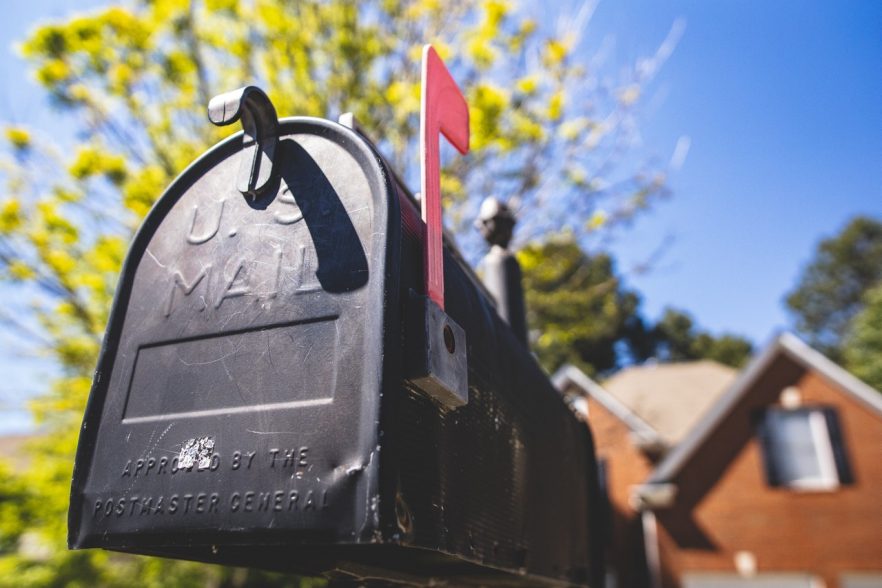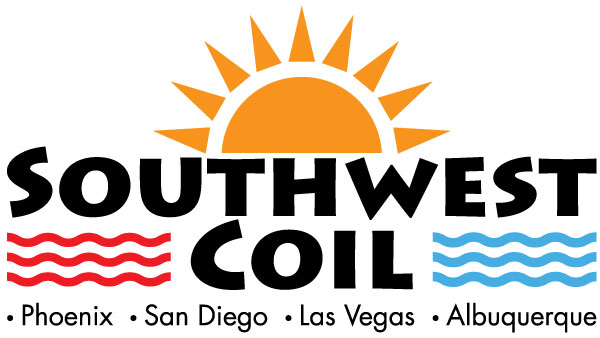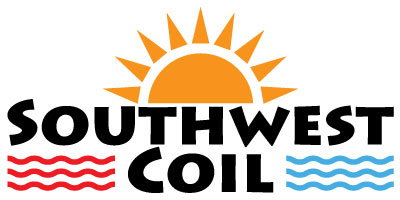Letters to the Editor

Every month Southwest Coil Company receives many questions regarding coils and air handlers. We like to share these concerns and possible solutions with our customers, as you may also be encountering some of the same situations and find that our explanations are beneficial.
I’m the Systems Operator for a museum that’s air conditioned and humidity controlled by massive 150-ton indoor custom air handlers. These units are 12 years old, and a bad odor is coming from the air handlers into the museum. We’re losing business from art exhibitors due to this issue. Do you have any idea what may be causing the odor?
Lawrence – HVAC Systems Operator – San Francisco
An odor downstream in an air handler normally comes from biological organisms that have increased within the chilled water coils finned core. During our recent conversation, you stated that there’s a humidifier on the entering air side of the cooling coil spraying water on the coil’s surface. Over time, and in this case over a decade, the microorganisms have increased to a point that a pungent smell is emitted downstream of the cooling process. In a museum, this odor can permeate the air and create damage to sculptures and artwork within the areas in which it exists.
You also told us that the coils are 10 rows in the direction of the air flow and about 12 fins per inch with corrugated and wavy fin surfaces. You’ve attempted to clean these coils, and the odor hasn’t dissipated. Remember: Coils can only be cleaned well from 2 rows on each side of the coil. With a 10-row coil, 2 rows plus 2 rows on each side leaves 6 rows in the core impenetrable. Since your odor problem still exists, you will need to replace the coils.
We recommend a more cleanable finned core that has flatter and straighter fins and a good design that can also reduce the fins per inch. We also suggest heavier fins for cleaning. This will allow you to clean the coils more often and will increase the distance inside the coil that can be cleaned. The odor from the bacterial buildup should never happen again.
We are constantly fixing evaporator coil leaks in the distributor and expansion valve area on a great number of commercial manufacturers’ equipment. Why is this happening?
Sam – Service Contractor – Ft. Worth Texas
There are many reasons why this happens today more than ever before. The market for HVAC equipment is the most competitive it’s ever been. To meet the price and weight competition, manufacturers are automatically reducing the quality and heavy-duty aspect of HVAV equipment hardware.
In the area of the distributor and expansion valve, the manufacturer’s design is an afterthought determined by the allotted area for this hardware to be positioned. The coiling of the distributor leads is not always per the expected standards. The same goes for the distributor and expansion valve. With normal expansion and contraction of an HVAC system, along with nearby pulsation from fans or compressors, leaks will appear. The problem, of course, is that the system’s charge is lost; and it’s a tedious effort to find and fix these tiny pinholes.
I’ve serviced large air handlers for many years. I find that custom built units tend to have more room for maintenance and service, while this is not the case with the larger manufacturers in our industry. Can you explain why?
Ron – Service Contractor – Ft. Collins, Colorado
Have you heard the term “it’s the difference between a Cadillac and a Volkswagen”? There is a market for both with automobiles, and there’s also a distinct market for more expensive custom units versus higher production central station units. One of the major differences is the “service and maintenance”.
Custom units can be designed when the owner provides the Consulting Engineer with the money and space for the larger units. The dollar per CFM of a custom unit may be 2 to 3 times the cost of a production unit. For the additional cost of a custom design, you will get a higher quality, more substantial outer structure; space between internal components; better access; and a litany of other items. Production design is the market stating to the manufacturer what design is acceptable, and the price and size of equipment plays a huge part in the selection. Ultimately, the price (dollars per CFM) often wins out.
Southwest Coil represents USA Coil & Air exclusively in the Southwest Region. We have been in the replacement coil and special air handling unit business for 4+ decades. We’ve seen many industry changes in design and duty over that time period, and the term “planned obsolescence” is the best statement to describe these changes. Our experienced Sales Engineers and professional staff are here to assist you with all your coil and air handler replacements. We also have expedited shipping schedules for your emergency situations. We invite you to take advantage of our decades of experience and knowledge.


